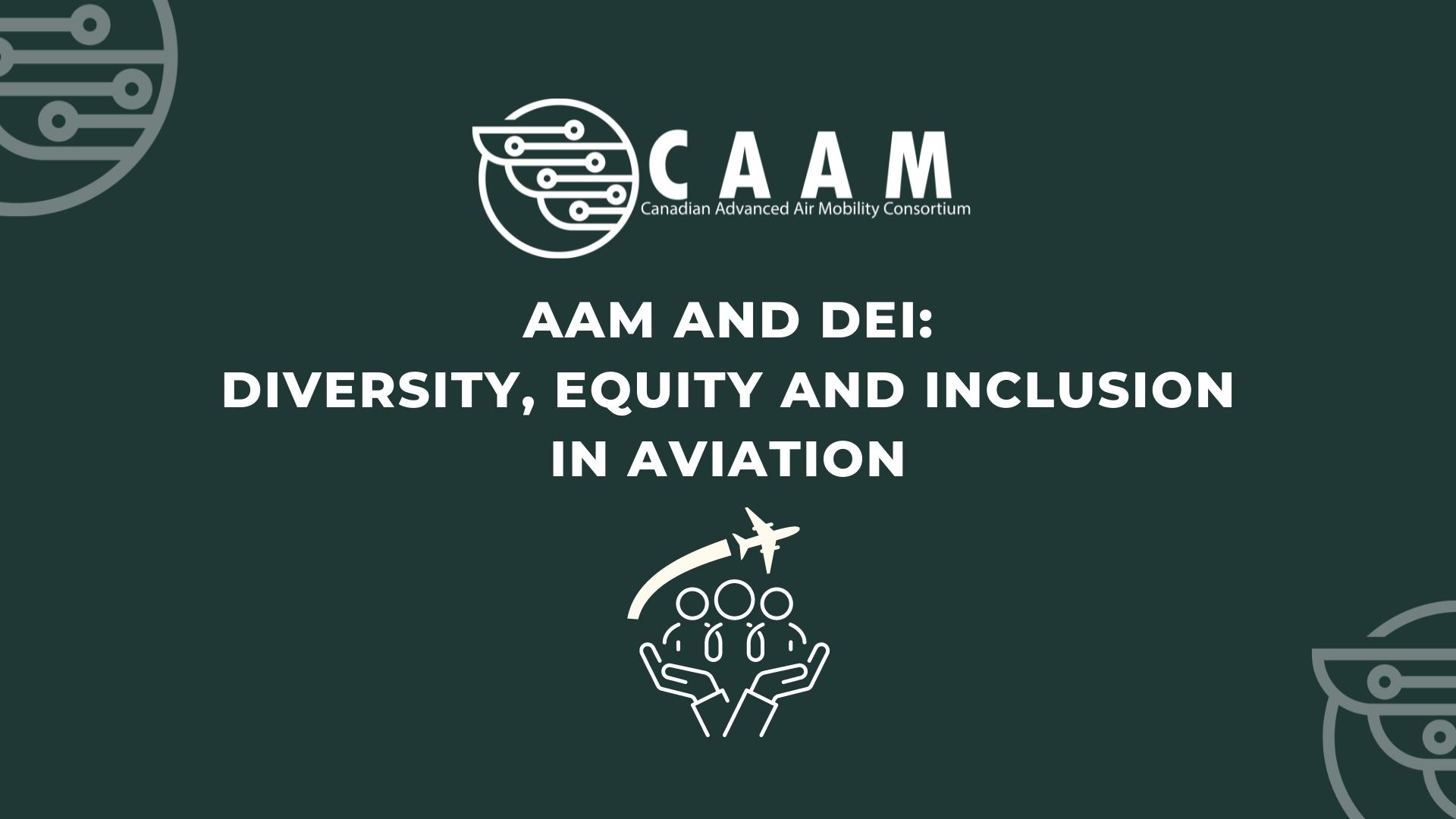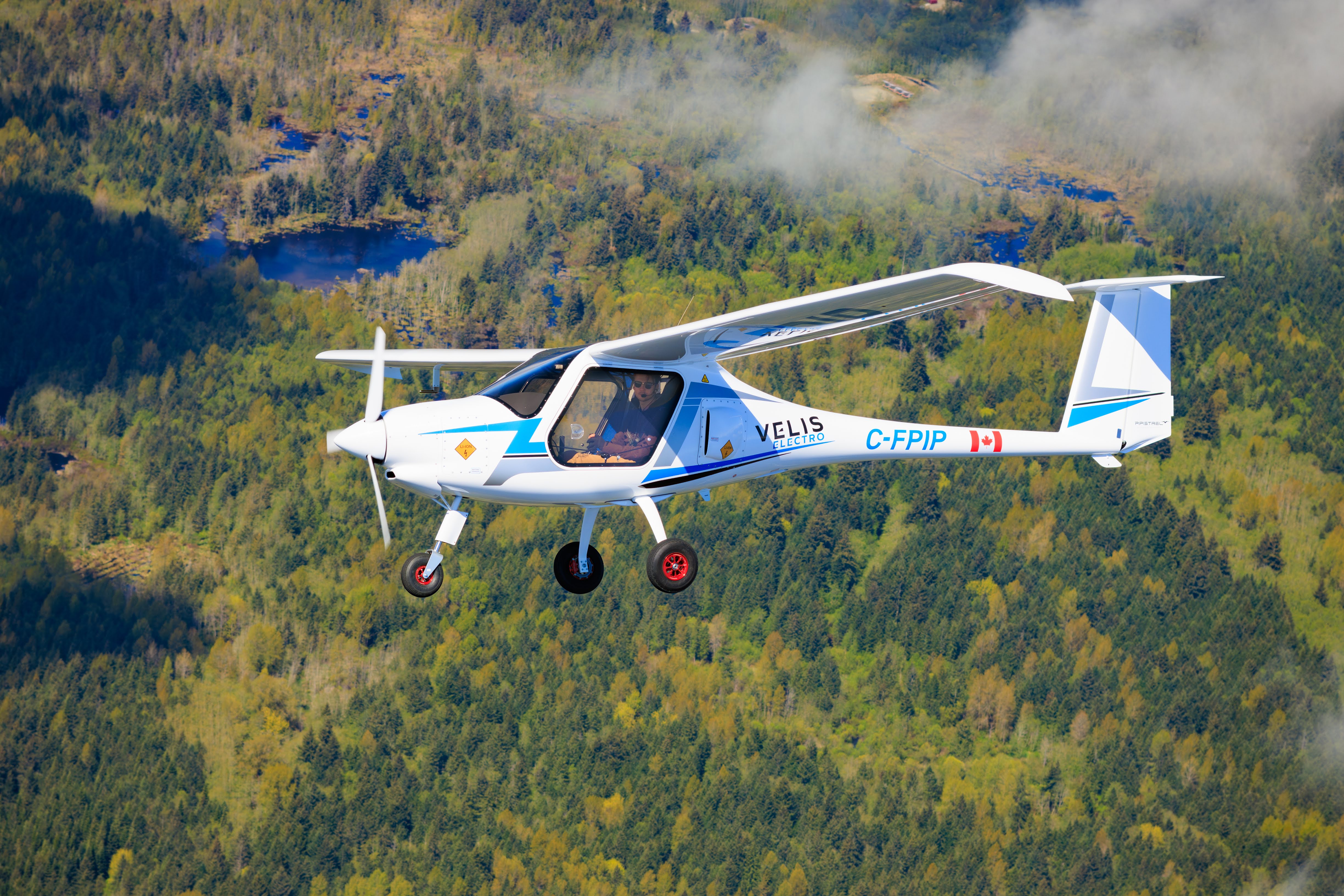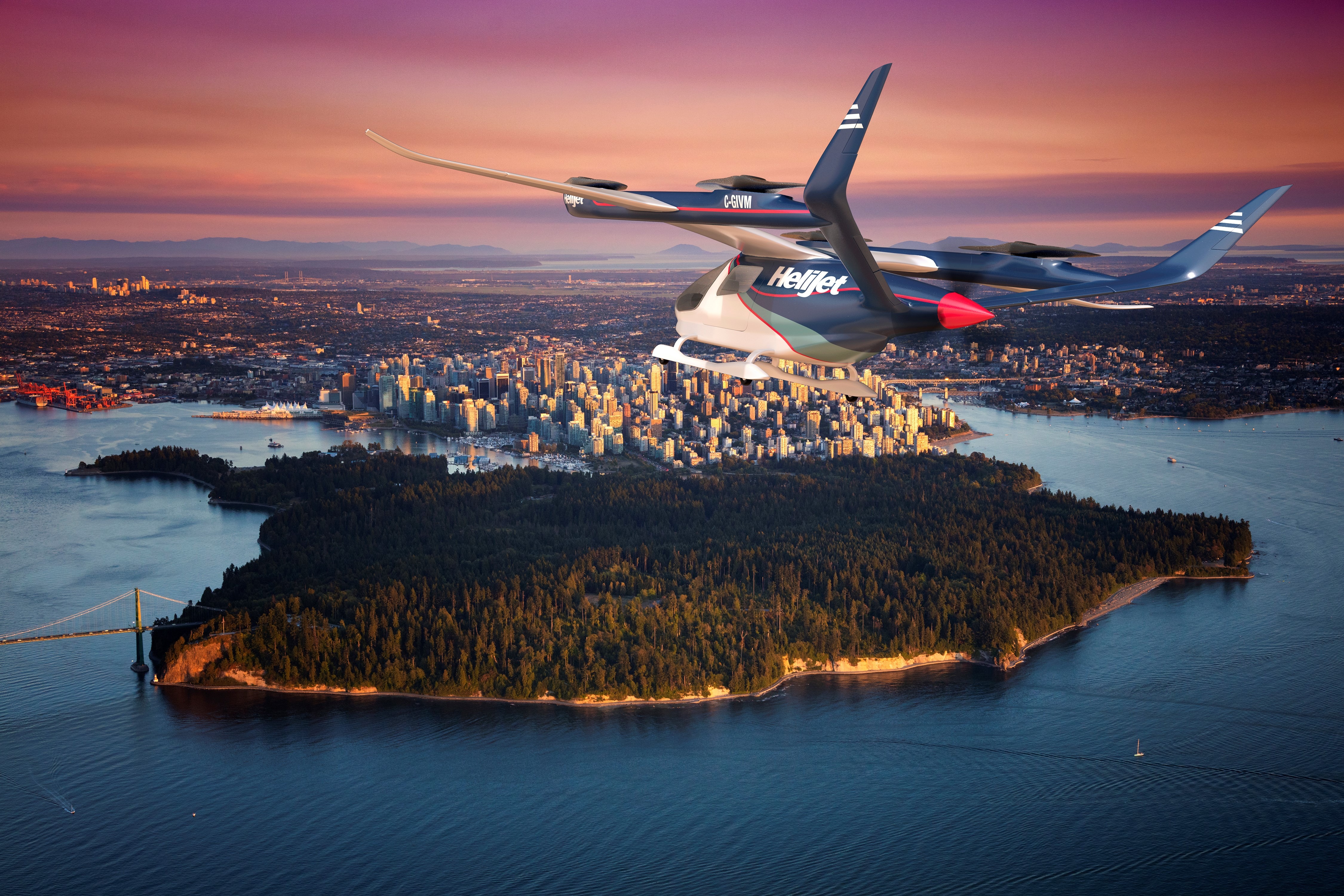 There needs to be diversity, equity, and inclusion (DEI) for Advanced Air Mobility to be successful. As University of Michigan Aerospace Professor Ella Atkins writes, “Suppose we have matured the necessary autonomy and data management technologies to realize one cloud (information access for all AAM users) and one sky (integrated airspace access for all AAM users). We must then address new challenges in equitable airspace allocation and social impact.”
There needs to be diversity, equity, and inclusion (DEI) for Advanced Air Mobility to be successful. As University of Michigan Aerospace Professor Ella Atkins writes, “Suppose we have matured the necessary autonomy and data management technologies to realize one cloud (information access for all AAM users) and one sky (integrated airspace access for all AAM users). We must then address new challenges in equitable airspace allocation and social impact.”
But is waiting for technology the best course of action, or should aviation take action on DEI today?
What does equity look like right now in aviation?
The 2019 Women in Aviation: A Workforce Report by Rebecca K. Lutte of the University of Nebraska at Omaha Aviation Institute found that less than 5% of aviation executives (CEO, COO, etc.) are women, and women represent around 5% to 10% of all pilots. The only place where women are the majority, more than 70%, are as travel agents and flight attendants.
The 2020 Racial Diversity in Aviation report by Lindsay Stevenson, Haydee M. Cuevas, and Katie S. Kirkpatrick from the Embry-Riddle Aeronautical University shows that Black people were only 2.4% of all aircraft pilots and flight engineers in 2018. The jobs that hired more Black people in 2018 were air traffic controllers and airfield operations specialists, and they represented only 13.1% of all workers.
The Women and Drones – DDNC – P3 Tech 2021 UAS/AAM Industry DEI Survey Report brings some light regarding Indigenous Peoples and LGBTQIA2S+, and the numbers are dreadful.
Where are the biggest gaps in equity?
The numbers are so dreadful that it is hard to find the “biggest gap” in equity; it seems there is only “one colossal gap.” But there’s one number worth highlighting.
The studies demonstrate that white men dominate aviation. The Women and Drones – DDNC – P3 Tech 2021 UAS/AAM Industry DEI Survey Report shows that almost 80% believe that DEI is vital to the success of UAS/AAM and UAS/AAM-related businesses. Nearly 75% felt moderate to extreme concern about the general lack of diversity, equity and inclusion in the industry. And the majority of respondents, 81% of them, expressed moderate to “extreme” interest to increase DEI in their UAS/AAM or UAS/AAM-related Business or Organization. But if that’s the case, why aren’t they doing more to change the situation?
The biggest gap in aviation regarding equity “it’s more about knowledge as most company management does not know what to do regarding DEI. They are unsure of what the next steps are, and they don’t want to make mistakes,” summarizes Marlene Conway Diels, Diversity Development Network of Canada (DDNC).
How does an inequitable aviation industry hinder us from progress?
Expanding on the “one cloud, one sky” approach proposed by Professor Atkins, inequity in the aviation industry will stop progress because it’ll only care for a small fraction of society. As the International Energy Agency (IEA) states in its Tracking Aviation 2020 report, “Whether for business or personal travel, only a small portion of the world’s population flies […].”
An inequitable aviation industry hinders progress because it blinds itself to the needs of others. An equitable aviation industry helps progress because it sees where and how it can help.
What are some challenges in getting to equity?
As Tara L. Harl, St. Cloud State University, and Phil Roberts, PAR Travel Tech, Inc, discovered in their The Black Experience in Business Aviation: An Exploratory Case Study (2011):
- White aviators’ perceptions of Black aviators often reflect fear, ignorance, indifference, or a lack of knowledge of Black aviation history.
- The “good ole boy system” is changing very slowly because the business aviation community and Black aviation professionals have not addressed it collectively. Racism is the elephant in the room that nobody wants to recognize, and many are uncomfortable discussing.
- Many Whites don’t understand why diversity is vital for the economic health of the whole aviation industry and why it complements many Fortune 500 corporations’ mission/vision statements.
Aviation doesn’t exist in a vacuum, so society’s challenges are aviation’s problems. Racism hinders Black and Indigenous Peoples from getting jobs, while sexism determines that women can serve but never lead.
How can we change from the inside out?
Teara Fraser is the founder of the not-for-profit indigenous LIFT Collective where she launched Give them Wings (Indigenous Youth Taking Flight). Fraser also founded Iskwew Air, making her the first Indigenous woman to launch an airline in Canada. Fraser and Iskwew Air are proud to be with the Canadian Advanced Air Mobility Consortium (CAAM) since day one. With CAAM, Fraser mediated the Uplift Event: Indigenous Peoples in AAM: Where is the opportunity?
Jo-Anne Tabobandug is the Dean of Aviation at the First Nations Technical Institute, contributing to indigenous education for almost 30 years—14 as Chief Flight Instructor at FNTI. Tabobandug is the winner of the Elsie Macgill Education Award and, historically, the First Peoples’ Aviation Technology – Flight has more than 35% female students. Tabobandug also participated in last year’s CAAM Uplift Event: Indigenous Peoples in AAM: Where is the opportunity?
They are only two examples among many others that are emerging daily. If you are interested in knowing more about DEI in aviation or want to be part of the conversation, you can check CAAM’s Uplift Events by clicking here.
By Giovani Izidorio Cesconetto


